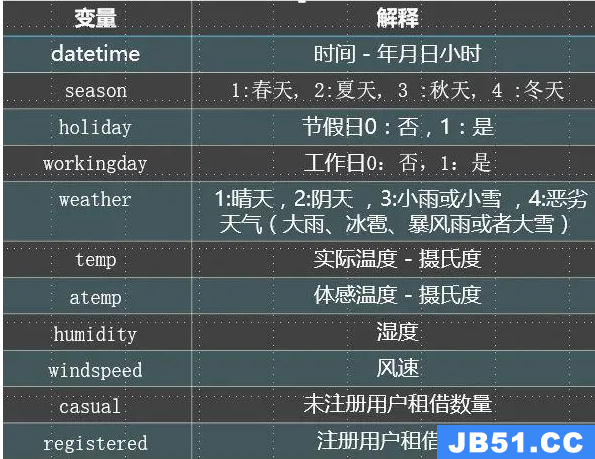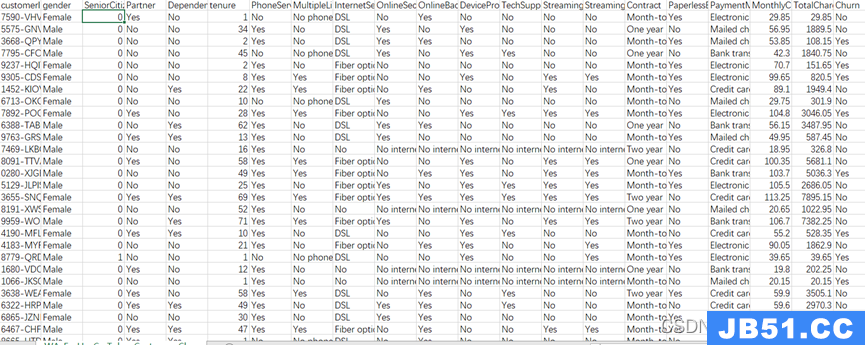bisect模块包含两个主要函数,bisect和insort,两个函数都利用二分查找算法来在有序的序列中查找或插入元素。
用bisect搜索
在有序序列中用bisect 查找某个元素的插入位置:
import bisect import sys haystack = [1,4,5,6,8,12,15,20,21,23,26,29,30] NEEDLES = [0,1,2,10,22,30,31] ROW_FMT = '{0:2d} @ {1:2d} {2}{0:<2d}' def demo(bisect_fn): for needle in reversed(NEEDLES): #用特定的bisect函数来计算元素应该出现的位置 position = bisect_fn(haystack,needle) offset = position * ' |' # 把元素和其应该出现的位置打印出来 print(ROW_FMT.format(needle,position,offset)) if __name__ == '__main__': if sys.argv[-1] == 'left': bisect_fn = bisect.bisect_left else: bisect_fn = bisect.bisect print('DEMO:',bisect_fn.__name__) #把选定的函数打印出来 print('haystack ->',' '.join('%2d' % n for n in haystack)) demo(bisect_fn)
实际应用
import bisect #根据一个分数,找到对应的成绩 def grade(score,breakpoints = [60,70,80,90],grades="FDCBA"): #找到分数在breakpoints中的位置 i = bisect.bisect(breakpoints,score) #用该位置找到grade中对应的成绩,并返回 return grades[i] print([grade(score) for score in [22,63,75,98]]) # ['F','D','C','F','A']
用bisect.insort插入新元素
排序很耗时,因此在得到一个有序序列之后,我们最好能够保持它的有序。bisect.insort 就是为了这个而存在的。
insort(seq,item)
把变量item 插入到序列seq 中,并能保持seq 的升序顺序。
# insort 可以保持有序序列的顺序 import bisect import random SIZE = 8 #seed() 方法改变随机数生成器的种子,使random() 生成的随机数相同 random.seed(7) #原有列表(有序) my_list = [] for i in range(SIZE): #randrange()函数在一定的范围内产生随机数 new_item = random.randrange(SIZE*2) # 在列表中插入元素,并保持列表有序 bisect.insort(my_list,new_item) print('%2d -> '% new_item,my_list)





